Description
Pre-Colombian Gourd
Two-headed snakes, dragons, frogs, and birds are among the pre-Colombian cave pictographs carved in this gourd. Each gourd has it’s own unique animal design, each one being different, and are picked at random.
Includes a Spanish inscription on the back, identifying the tribe, region, and name associated with the design.
The Pre-Colombian gourd comes with a 10-page booklet detailing its use in South American culture and instructions on how to cure, pack, and care for your gourd.
Gourds are roughly the size of an average apple, some are a little bigger, some are a little smaller. It varies because they are natural. They are very comfortable to hold in your hand.
*Bombilla not included.
Tomando mate (drinking mate) is a symbol of hospitality. As the mate gourd is passed around, a sense of connection emerges. The first step of the ceremony is the preparation of the gourd. Typically, the cebador/a – mate server – prepares mate for a friend or a group of friends. The cebador/a drinks the first one or two gourd-fulls, testing the waters to ensure that only a smooth running mate is shared. Then the gourd is refilled with water and passed counter-clockwise with the bombilla (straw-filter) facing the recipient. Each person drinks the entire gourd: “you share the vessel, not the liquid.” The recipient of the gourd has as much time as needed to finish the gourd-full. After the last few sips of the mate are gone, the gourd is returned with the bombilla facing the cebador/a. The gourd is refilled with hot water and follows around the circle, continuing in this fashion until the mate is lavado (flat). If someone has had enough mate, they simply say gracias (thank you) to indicate that they are finished.
Preparation
Preparing yerba mate in a gourd is an art.
 1) Fill the mate gourd with a daily serving of Guayakí Yerba Mate.
1) Fill the mate gourd with a daily serving of Guayakí Yerba Mate.
2) Gently shake the gourd so that the yerba mate is on one side, leaving an open area on the other side.
7. The mate gourd can be refilled 15-20 times.
Serving
A great mate server:
-
Passes only a smooth running mate.
-
Serves a mate that won’t burn you. Hot water means a hot bombilla.
-
Remembers who is sharing maté. If someone has signaled that they are done, do not pass them another mate.
-
Knows not to share mate with someone that has a cold or flu.
-
Encourages people not to move the bombilla which may cause it to clog. If the mate becomes clogged, refill it with water and let it sit for at least one minute. If the bombilla is still clogged, you can remove the bombilla and blow it out.
-
Always empties the mate gourd, rinses it after use, and allows it to dry completely in order to increase its longevity.
-
Remembers that used yerba mate makes great organic compost and fertilizer for plants and returns it to the earth!
What is the origin of the “Gourd”?
The icon for yerba mate is the unique gourd from which it is consumed and shared, the Mate Gourd. “Yerba” means herb. “Mate” is derived from the quichua word, “matí,” which is the name of the gourd (Lagenaria vulgaris) traditionally used to drink yerba mate. So, literally, yerba mate means “herb cup”. For centuries people have sipped yerba mate using a gourd and bombilla – a filter like straw. It is believed that drinking yerba mate from the gourd is a joyful way to receive the healthful and invigorating properties of yerba mate. The mate gourd is offered as a symbol of hospitality and is peacefully passed from hand to hand around a circle of friends while ideas are shared, stories are told, and a sense of community is created. Yerba mate lifts the spirit.
Gourd Drinking History
.jpg) The Gauchos
The Gauchos
The gauchos (Argentine cowboys) are notorious for drinking yerba mate as their “liquid vegetable,” relying on its array of nutients to power them throughout the day.
“…the Gaucho, possessing few wants and poor in the midst of inexhaustible riches, is the child of unconcern; with food or without, with shelter or not, a paper cigar, a little mate (Paraguayan tea), one meal a day of meat cooked in the open air without bread or vegetables, and his guitar at night, and he rests content; but if you add a Sunday suit of clothes with silver mounted trappings for his horse, his pride and delight are unbounded, and as he curvets over the plain, having attained the summit of his ambition, no more a vivid picture of human self-satisfaction could be presented.”
–Ernest William White (1881)
In Paraguay, yuyeras (herbalists) have been using yerba mate for centuries as the base of herbal medicine mixtures called “remedios” or remedies. It is common to make “remedios” with yerba mate by steeping medicinal herbs in the water used to prepare mate in the gourd. It is believed that by improving circulation and promoting balance, yerba mate acts as a catalyst to enhance the healing powers of other herbs. Guayakí’s tea bag blends are inspired by the yuyeras.
The Mate Ceremony
Excerpt from “The Mate” by Mónica G.Hoss de le Comte
“When people gather to drink mate (mah-tay) something magical happens. It is a simple, daily custom and yet it has all the characteristics of a ceremony. Like any ceremony it has rites which are carefully performed in the same way, day after day. It is a moment of leisure with friends and family. In the country, the gauchos sit together around the fogón (the campfire), sipping their mate after a long day’s work. Tiredness breeds silence and silently the mate gourd circles from hand to hand. And then, slowly, conversation starts, people come closer together, confidences are exchanged. The mate ceremony resembles the American rite of the calumet, the pipe of peace. There too, the pipe goes from hand to hand, completing the circle, offering hospitality and goodwill. Mate is drunk by everybody: it is a drunk by the trucker and his companion in the loneliness of the long, never-ending routes (they use a vessel with a wide mouth into which it is easy to pour the hot water in spite of the jolts along the track); by students, when studying; by workers during their midday rest; at home for breakfast or on any other occasion, rain or shine, in summer or in winter.”

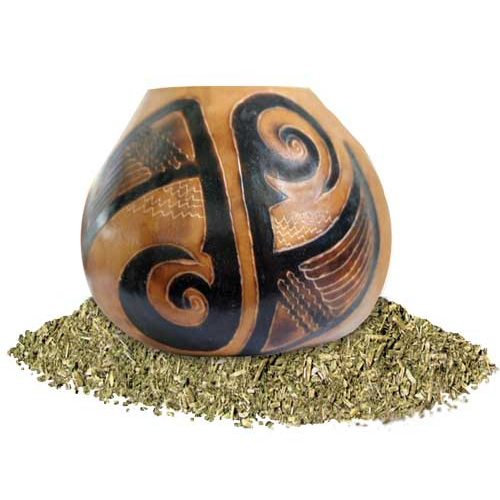
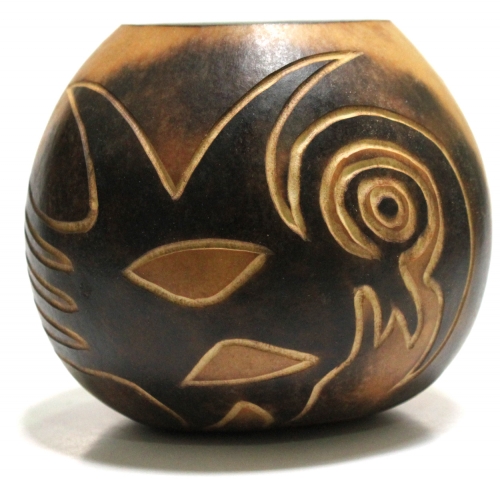
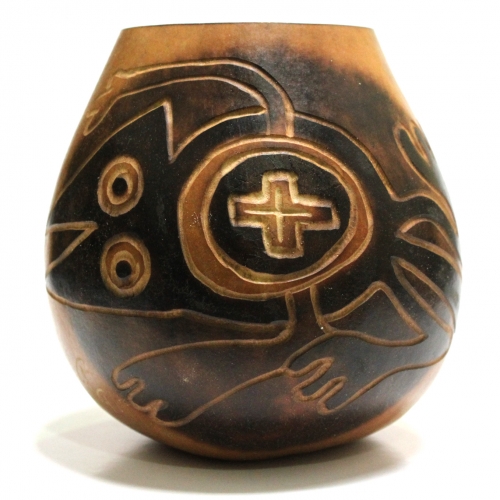
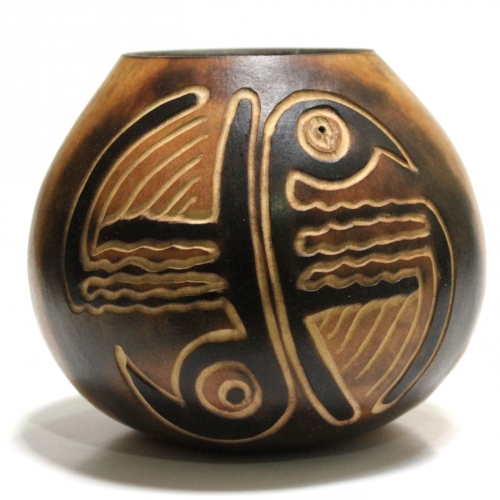
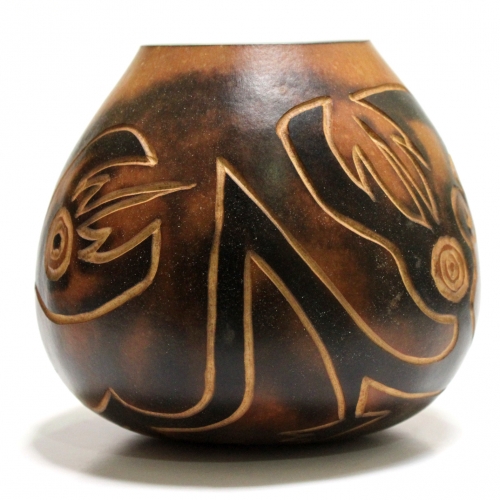
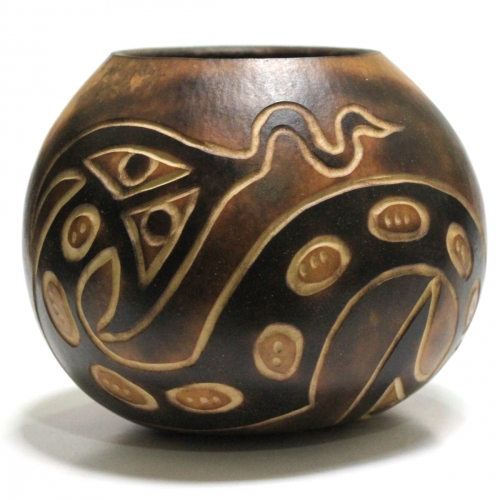
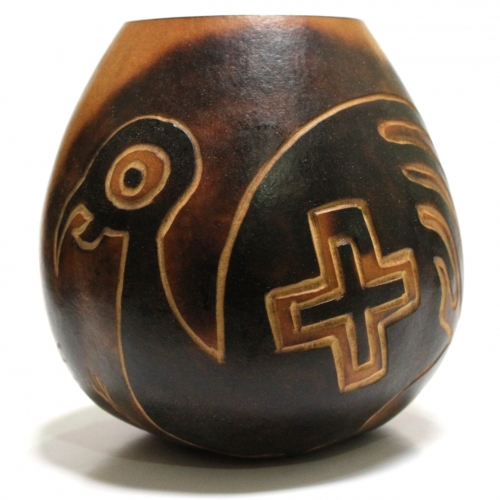

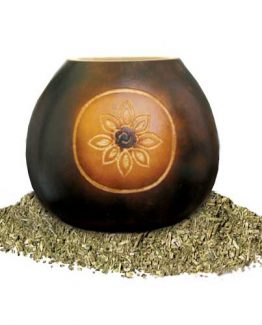
Reviews
There are no reviews yet.